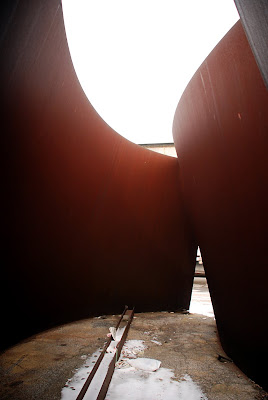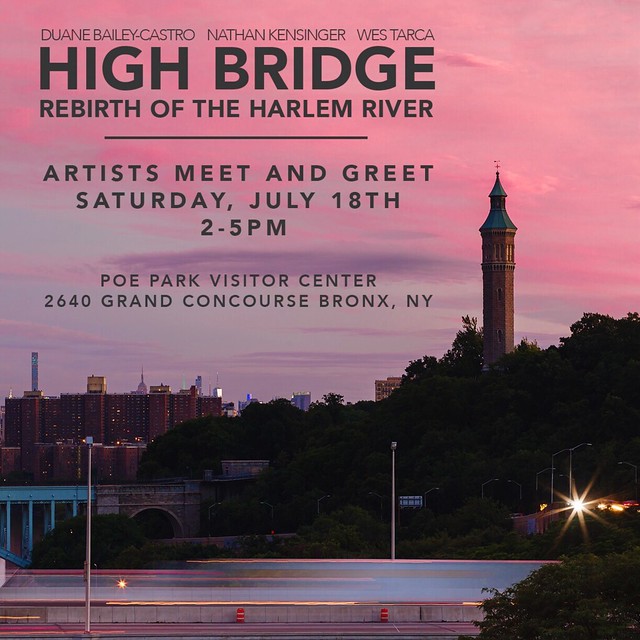The Harlem Renaissance Ballroom and Casino

February 25th, 2009 -
The Renaissance Ballroom and Casino is an imposing block-long Harlem ruin. A vital piece of the neighborhood's history, it was built between 1920 and 1923 and was a black owned and operated center of culture - a movie theater, a ballroom, a space for basketball games, dances and meetings. It was the "setting for all of Harlem’s most important parties," according to author Michael Henry Adams, but by 1979 the complex had closed down and "by the 1990s it had so deteriorated that it was used as a setting for Spike Lee’s crack den from hell in the movie Jungle Fever."
The New York Times describes the Renaissance Ballroom and Casino as "a Harlem landmark in all but name," citing a "Landmarks Preservation Commission... proposal, dating to 1991, to designate the Renaissance complex a landmark." However, the buildings were never landmarked. The property owner, the Abyssinian Development Corporation, used backers like the New York Landmarks Conservancy to convince the Landmarks Commission that landmarking the property would "have created intolerable delays" in their plans to build a "13-story apartment house" and a "community center" on top of the complex.
In 2007, demolition began. Today, the buildings are nearly empty, exposed to the snow. A few ghostly artifacts remain inside their darkened interiors.























